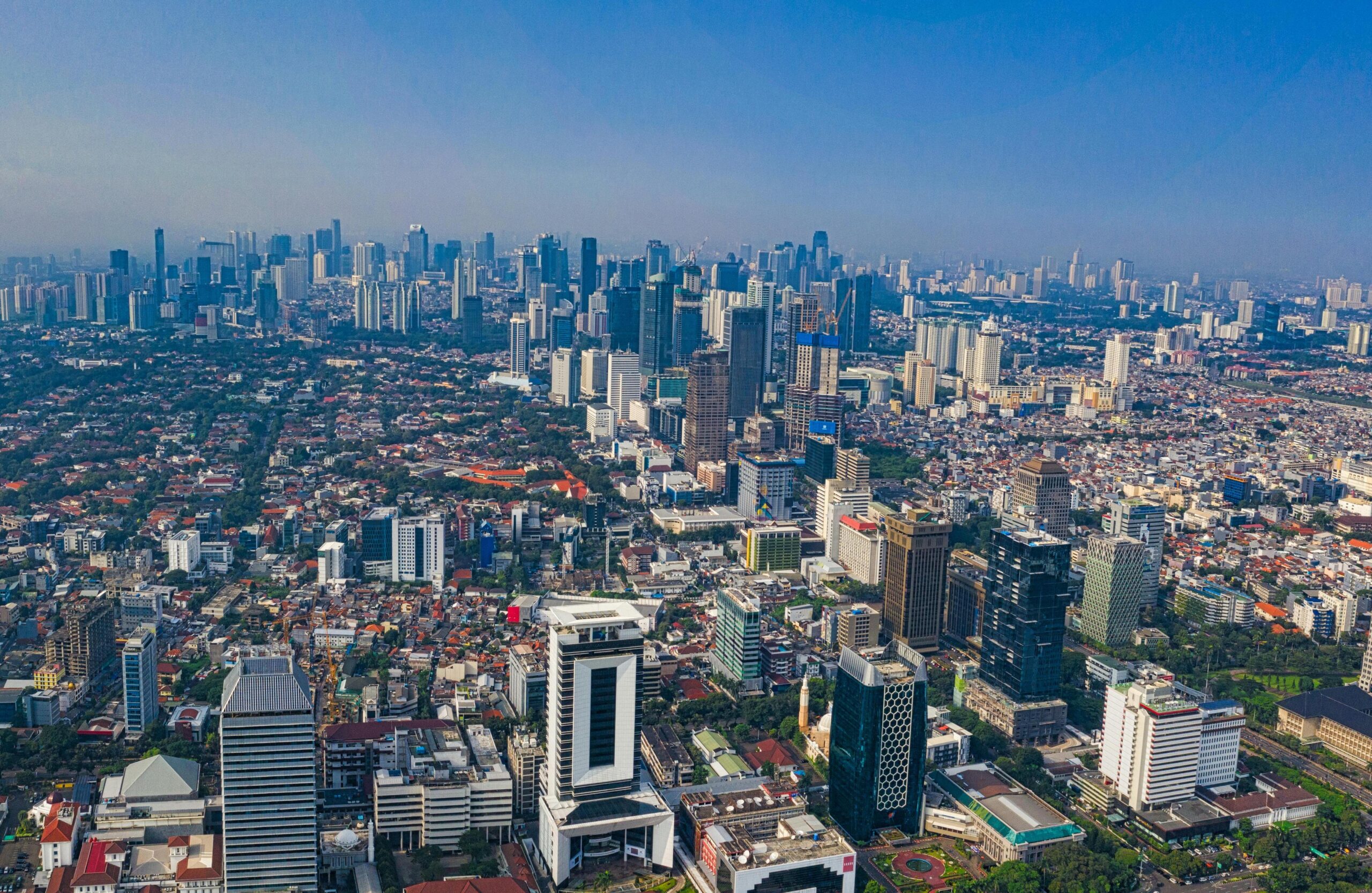Indonesia Residential Real Estate Information
We explore the following residential real estate information in Indonesia:
- Rural vs Urban Households in Indonesia
- Indonesian Households by Tenure
- Affordable Housing
Rural vs Urban Households

The urbanisation trend continues, as the number of Urban Household Units has gradually increased and the number of Rural Household Units has progressively decreased from 2019 to 2023. A variety of factors, such as better economic prospects and the cultural influence of urbanisation have driven this change.
Looking forward, this trend of increasing Urban Households and falling Rural Households is set to continue, with the share of households living in urban areas forecast to expand to 61.9% by 2028 [1]. Adding on, the average disposable income per household in urban areas is forecast to be 39.3% higher than in rural areas by 2028 [1].
Households by Tenure

Homeowners have dominated the housing market compared to Rented and Others with 85.9% of total households owning their homes in 2023. They remain strong and growing steadily while Rented Households have decreased nearly twice from 2018 to 2023. This shows that there is a strong practice of homeownership in Indonesia. As the number of rented households is decreasing, it can be regarded that over the years, more Indonesians can afford their own homes and tend to prefer owning one as compared to renting.
Affordable Housing in Indonesia
One Million Houses Program
The One Million Houses Program (PSR) is an acceleration and collaborative movement between the government and housing developers to provide adequate housing for the community in Indonesia. This program was launched by President Joko Widodo on April 29, 2015, and has built more than 7,988,585 units from 2015 to 2022. [2]
Despite the general uptrend in the number of house units built under the One Million House Program, it plunged in 2020. This could be due to the effects of the COVID-19 pandemic where strict guidelines were to be adhered to. It quickly caught back up in 2021, with COVID-19 easing out its pressure.
Housing Financing Liquidity Facility (FLPP) Program
The Housing Financing Liquidity Facility (FLPP) is a financing facility for residential property purchases available to low-income earners managed by the Public Housing Savings Management Agency (BP Tapera). The Housing units funded by the FLPP are the highest in West Java and are spread across the different provinces in Indonesia.
Opportunities
The high rate of home ownership, coupled with the significant expenditure on housing, indicates a strong demand for housing in the country. The low renting percentage and smaller proportion of homeowners with mortgages may suggest potential areas for growth and development in the Indonesian housing market. However, affordability has been the primary concern in terms of homeownership. The high mortgage rates are seen as the main obstacle and they are expected to fall lower to mortgage rates compared to pre-COVID-19 times.
Challenges
However, the availability of affordable land is one of the biggest challenges to why affordable homes are scarce for low-income families. Moreover, the availability of cheap funding that matches the characteristics of housing financing remains a hurdle to providing affordable housing for the community. There is a limited number of developers with qualifications to partner with the government and credit providers.
Summary
Stable economic growth is expected in 2024 with potential for continued growth, although vigilance is necessary amidst current global economic and geopolitical conditions. Risks in 2024 include the impact of elections, potential interest hikes and inflationary pressures.
[1] https://www.euromonitor.com/households-indonesia/report
[2] https://en.antaranews.com/news/304092/some-12-million-houses-built-under-psr-in-2023-ministry
[3] https://www.bi.go.id/en/publikasi/laporan/Documents/SHPR_Q.4_2023.pdf




